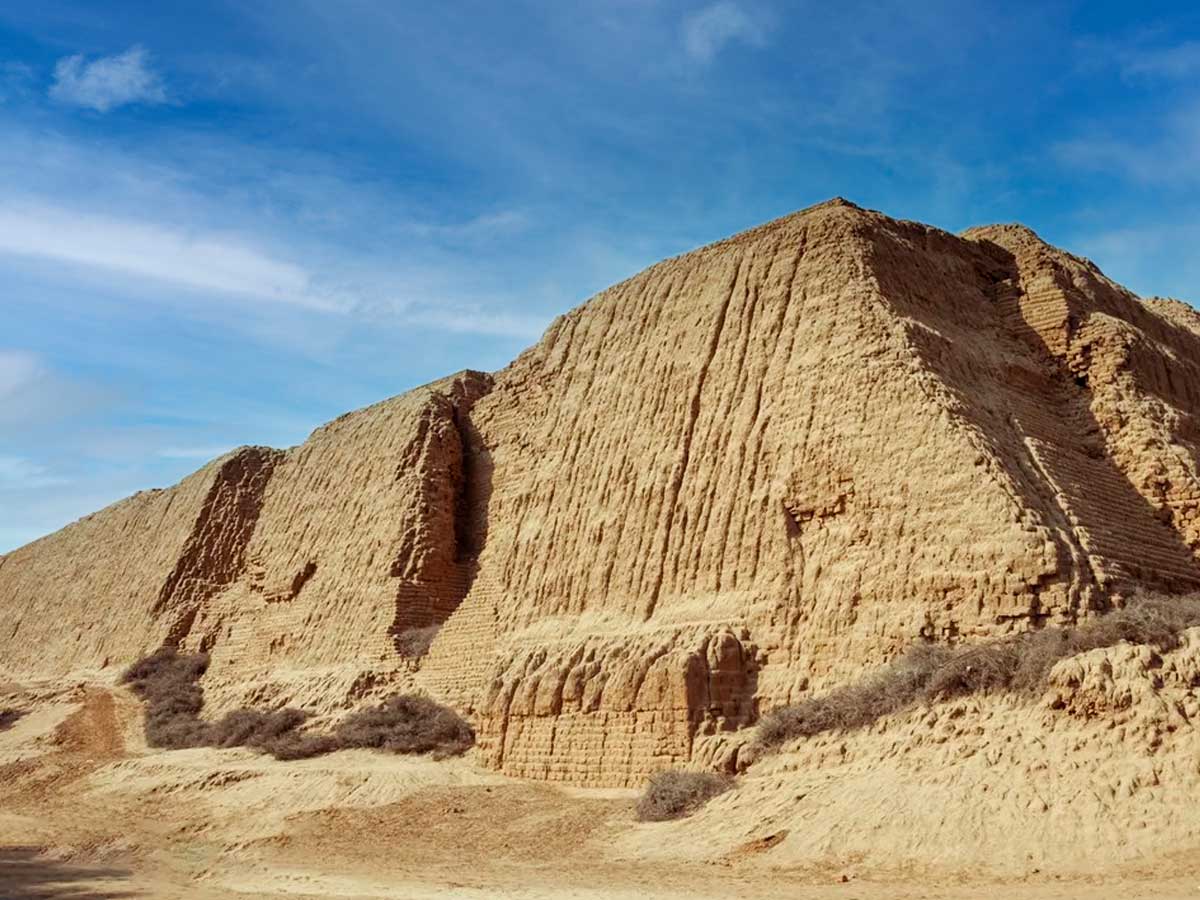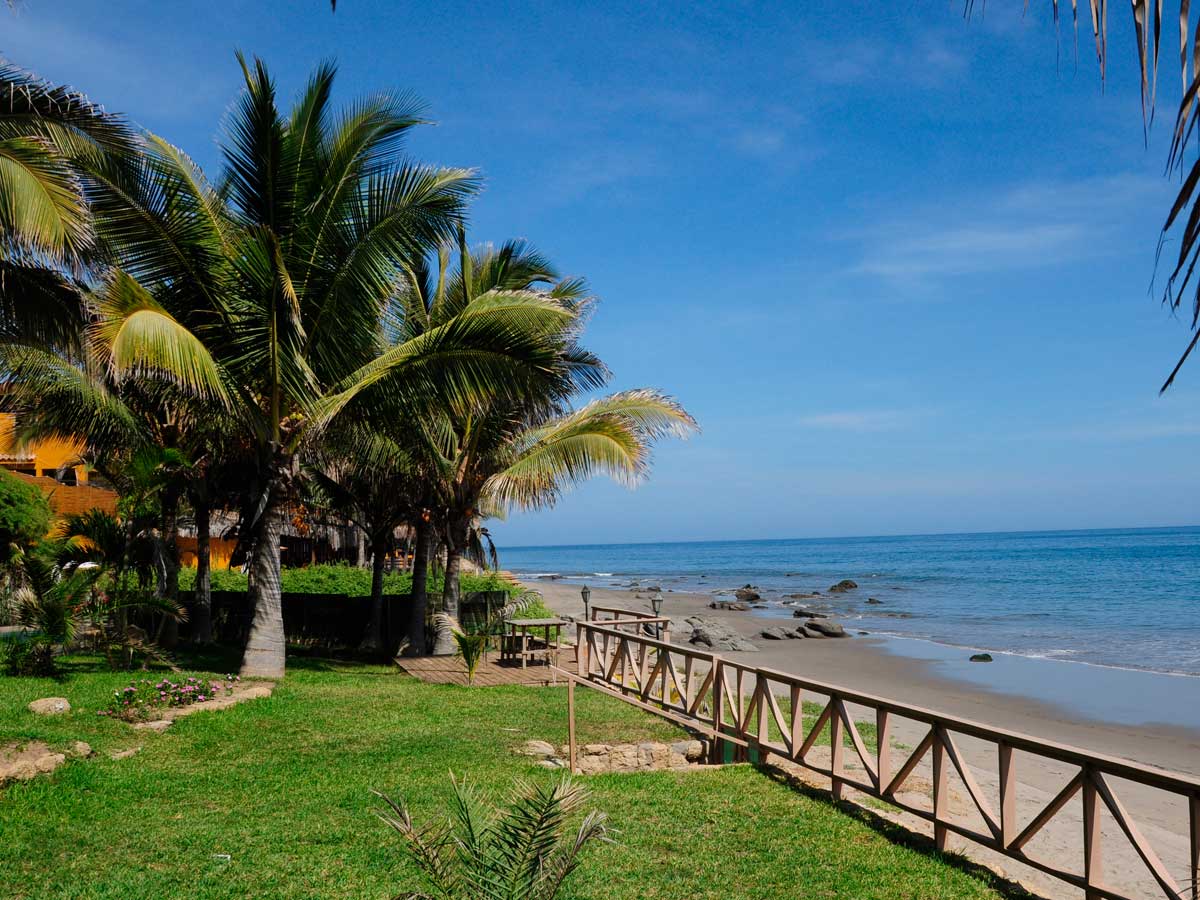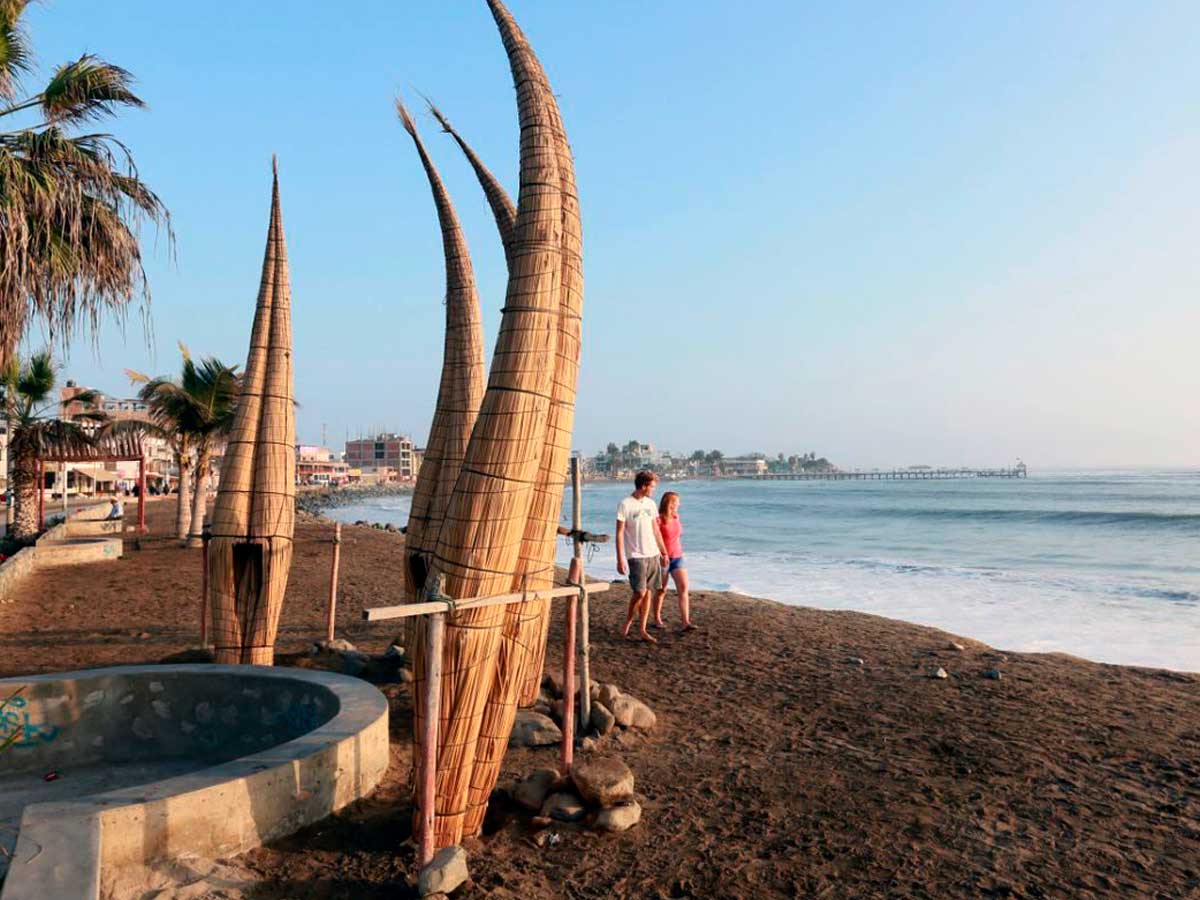
This long strip of land stretches from the mangrove forest and sunny beaches of Tumbes to the warm desert valleys south of Trujillo. The city of Trujillo is also the base for visiting sites such as Chan Chan, Huaca del sol y de la luna, and Huanchaco. Treasures recovered from the Moche, Sican and Chimu cultures can also be seen in museums a highligth being the Museo Tumbas Reales de Sipán in Lambayeque.
The Northern Desert is also home to picturesque sea towns, such as Huanchaco and Mancora, and Peru's most attractive beaches on the coast off Piura and Tumbes, the country's northernmost region. Here, anumber of reserves protect the endangered species that live in endemic and unique ecosystems.
The Peruvian landscape boasts a stunning array of diversity and beauty. Similar to the southern region, a remarkable transformation in terrain occurs as one journeys from the coastal desert to the northern Andes and the jungle regions bordering Brazil. The northern regions are home to numerous endemic bird species, including the renowned Spatuletail Hummingbird in the Amazonas region.

The pre-Incan archaeology in Peru is truly remarkable, with notable sites such as the adobe city of Chan Chan and the citadel of Kuelap, as well as Chavin de Huantar in close proximity to Huaraz.
The cloud forest in the Andes and the jungle surrounding Tarapoto or Iquitos offer an abundance of natural wonders, ideal for trekking and hiking, as well as exploring lakes and waterfalls.

If you have few days for your trip to Peru, don't worry: you can still enjoy unique experiences where you will find history, nature, and culture. An excellent alternative is to organize a short itinerary that allows you to travel through different regions without leaving out the essentials.
For example, you can choose a four-day excursion along the north coast, an area rich in archaeological remains of pre-Inca cultures like the Moche and the Chimú, where impressive constructions stand out like the Huaca del Soly de la Luna or the Citadel of Chan Chan, considered the largest adobe city in the Americas.
Another option is to dedicate four days to the Peruvian Amazon, an ideal destination for adventure and biodiversity. There you can visit the majestic fortress of Kuelap, known as the "Machu Picchu of the north", and marvel at the Gocta waterfall, one of the highest in the world, surrounded by lush vegetation and towns full of tradition.
These alternatives are perfect if you want to complement your trip through the south of the country, where Cusco and Machu Picchu stand out, with different experiences that show the cultural and natural diversity of Peru in a reduced time.
Northern Peru experiences similar seasonal patterns to southern Peru, with varying weather conditions depending on the region you visit, whether it be the Coast, the Andes, or the Amazon.

In the Andes, the rainy season spans from November to April, while the dry season lasts from May to October. During the dry season, temperatures can be hot during the day and cool at night, necessitating the use of protective gear such as hats, sunscreen, and mosquito repellent. Conversely, the rainy season presents an ideal opportunity to explore the awe-inspiring waterfalls that abound in the region.
Along the coast, the weather is generally pleasant, with mild, warm, and sunny conditions prevailing throughout the year, except during the Peruvian summer months of December and January when temperatures can be quite high.
In the Peruvian Amazonia, particularly around Tarapoto and Iquitos, rainy periods occur year-round, but this should not deter visitors from exploring these regions.
Peru offers fascinating experiences that reveal natural landscapes, historical monuments, and living cultures, captivating those who seek adventure and discovery in every corner of its territory. Get to know the most outstanding tours:
Other trips in Peru
If you want to visit Machu Picchu, we recommend you to book your Machu Picchu Entrance Tickets in advance, so you will enjoy your Vacation in Machu Picchu without any problem.